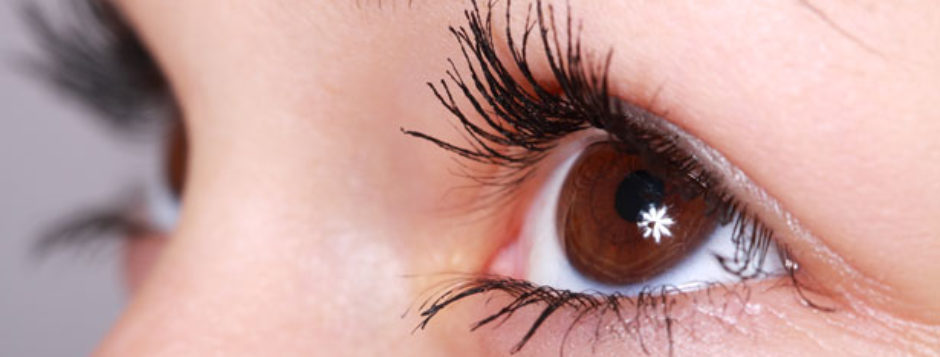Laser in situ keratomileusis (LASIK) is a surgical procedure to reduce nearsightedness (myopia), farsightedness (hyperopia) and astigmatism by reshaping tissue in the cornea, the clear covering of the front of the eye providing the ultimate freedom from the everyday hassles of contact lenses, and a second chance at having normal eyesight.
During the LASIK procedure, a femtosecond laser is used to create a thin flap in the cornea that is lifted; an excimer laser is then used to reshape the underlying corneal tissue. The cornea is steepened for hyperopic patients, flattened for myopic patients, and made more spherical for patients with astigmatism. The flap is replaced over the treated area and grows back naturally. Patients are given topical anesthesia and a mild sedative so they are awake but calm and cannot feel the instruments. Vision is restored almost immediately.
The entire LASIK procedure takes only 20 minutes or less per eye, and patients are often ready to leave the office shortly afterwards. Common complaints after LASIK may include foreign body sensation, mild irritation, and halos at night. Most of these symptoms subside within a short period of time. Most patients are able to return to work and resume normal activity within 1-2 days. Strenuous exercise and swimming should be avoided for 2 weeks.
Is LASIK Surgery Safe?
In January 2002, the American Academy of Ophthalmology — The Eye M.D. Association — looked at a number of scientific studies and found that LASIK surgery is safe and effective for correcting low-to-moderate nearsightedness and astigmatism.
Recently a new innovation WAVEFRONT or CUSTOM LASIK has proven successful in greatly improving the vision of those patients with moderate to high nearsightedness and astigmatism. Contact our office for your free evaluation to find out which kind of LASIK is right for you.

